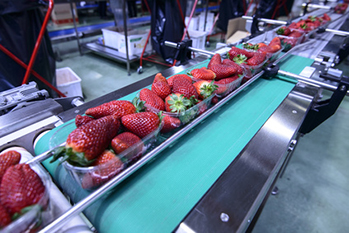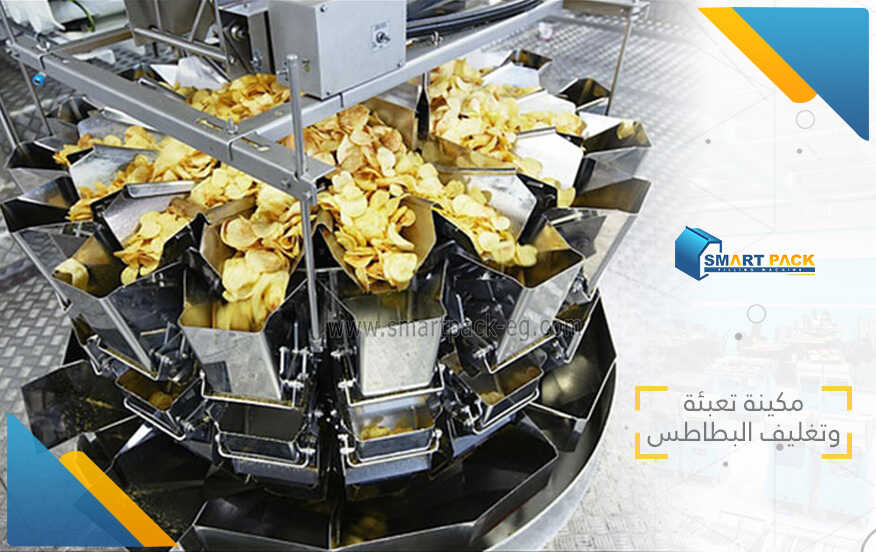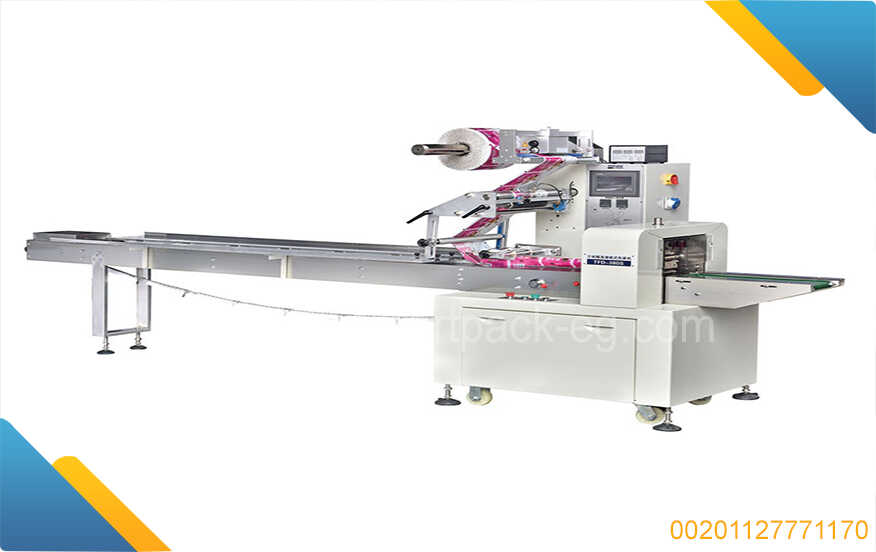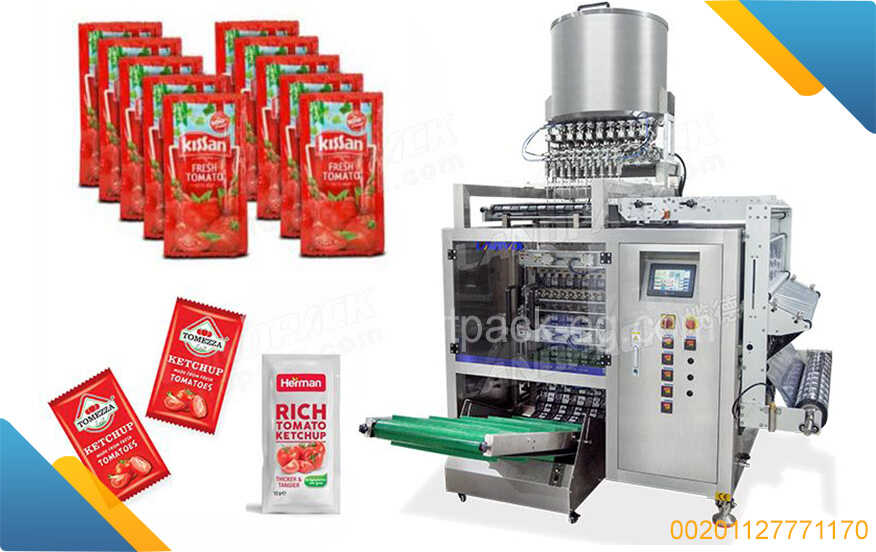How To Guide: Sterilization in the Food Industry and Its Positive Effects on Production
Introduction:
Food safety is of utmost importance in the food industry. One crucial aspect of food safety is sterilization. Sterilization is the process of removing and destroying all microorganisms present in a food product or its packaging to ensure it is safe for consumption. In this guide, we will explore the steps involved in sterilization and the positive effects it has on production in the food industry.
Step 1: Identify the Need for Sterilization
Before initiating the sterilization process, it is essential to identify the areas in the food production process that require sterilization. This could include equipment, utensils, packaging materials, and even the production environment itself.
Step 2: Choose an Appropriate Sterilization Method
There are different methods available for sterilization in the food industry, each with its own advantages and limitations. Some commonly used methods include heat sterilization (such as steam or hot water), chemical sterilization (using sanitizing agents), and irradiation (exposing the product to ionizing radiation). It is crucial to select a method that is most effective for the specific requirements of your food product.
Step 3: Prepare the Equipment and Surfaces
Cleanliness is paramount in the sterilization process. Before initiating sterilization, ensure that all equipment, utensils, and surfaces are thoroughly cleaned using appropriate detergents and sanitizers. Any residues or contaminants left on these surfaces can compromise the effectiveness of sterilization.
Step 4: Follow Sterilization Protocols
Each sterilization method has its own set of protocols that must be strictly adhered to for optimal results. It is essential to follow these protocols diligently to achieve effective sterilization. This includes temperature settings, exposure times, and proper handling of the sterilized products.
Step 5: Regular Monitoring and Documentation
To ensure the effectiveness of sterilization processes, it is important to monitor and document the results regularly. This includes testing the sterility of the products and keeping detailed records of the sterilization procedure. Regular monitoring helps identify any potential issues or deviations that can be rectified promptly, keeping the production process safe and efficient.
Positive Effects of Sterilization on Production:
Implementing effective sterilization practices in the food industry offers numerous benefits, including:
-
Enhanced Food Safety: Sterilization eliminates harmful microorganisms such as bacteria, viruses, and fungi, minimizing the risk of foodborne illnesses and contamination. This ensures that consumers are provided with safe and pathogen-free food products.
-
Prolonged Shelf Life: Sterilization significantly extends the shelf life of food products by eliminating spoilage-causing microorganisms. This leads to reduced product waste, increased profitability, and improved customer satisfaction.
-
Improved Product Quality: Sterilization helps to preserve the nutritional value, taste, color, and texture of food products, ensuring they retain their quality throughout their shelf life. This contributes to maintaining customer loyalty and positive brand reputation.
-
Compliance with Regulations: Food safety regulations often require proper sterilization practices in the food industry. Adhering to these regulations not only ensures legal compliance but also helps to build trust with consumers and regulatory bodies.
Conclusion:
Sterilization plays a vital role in maintaining food safety standards and ensuring the production of high-quality food products in the industry. By following the steps outlined in this guide and understanding its positive effects on production, you can establish effective sterilization procedures that enhance food safety, prolong shelf life, improve product quality, and meet regulatory requirements. Remember, prioritizing sterilization ultimately benefits both your business and consumers by delivering safe and wholesome food products.



 Admin
Admin 






